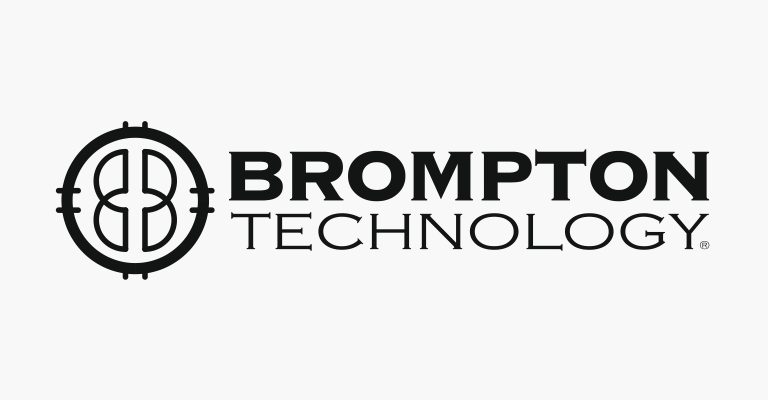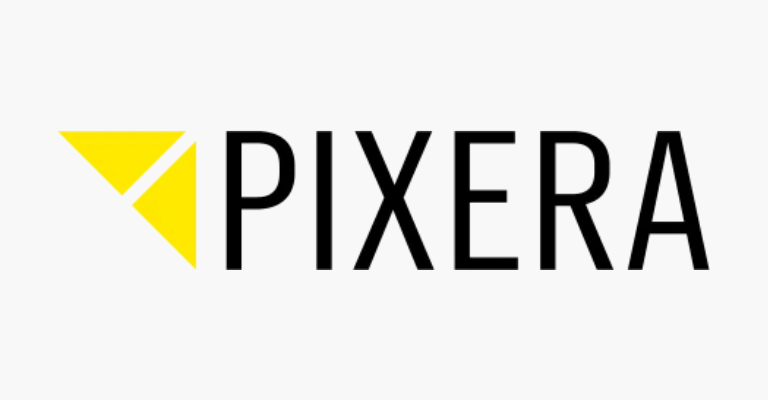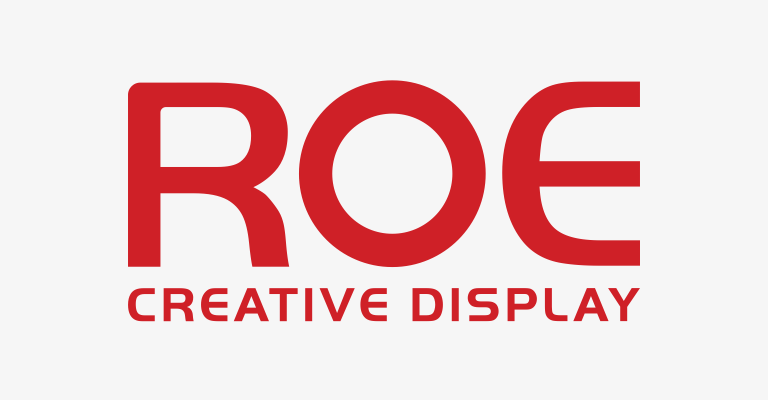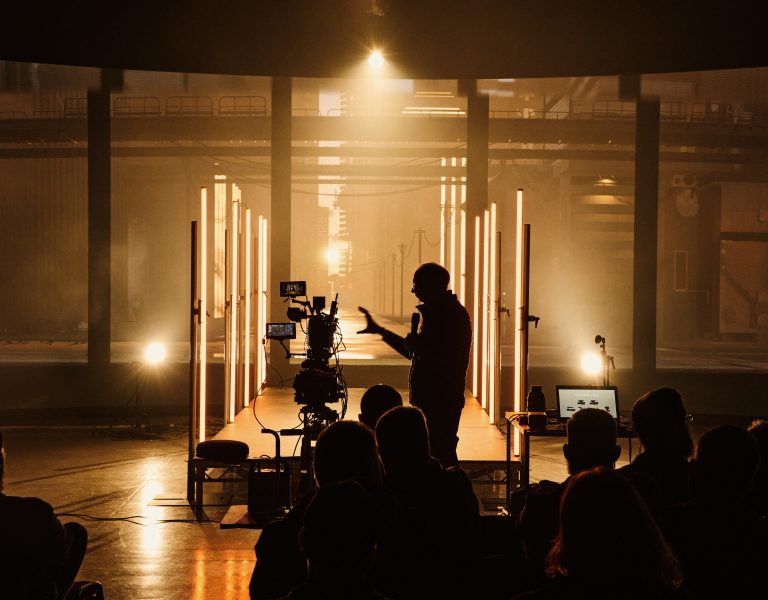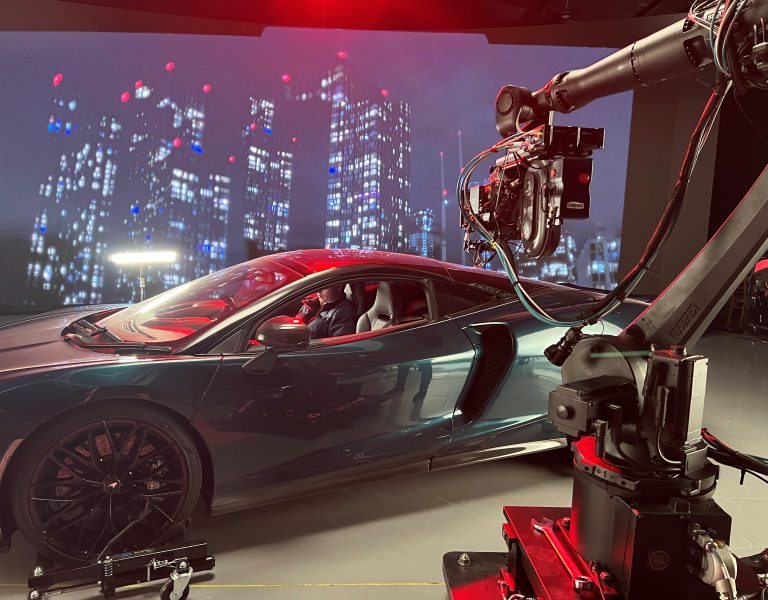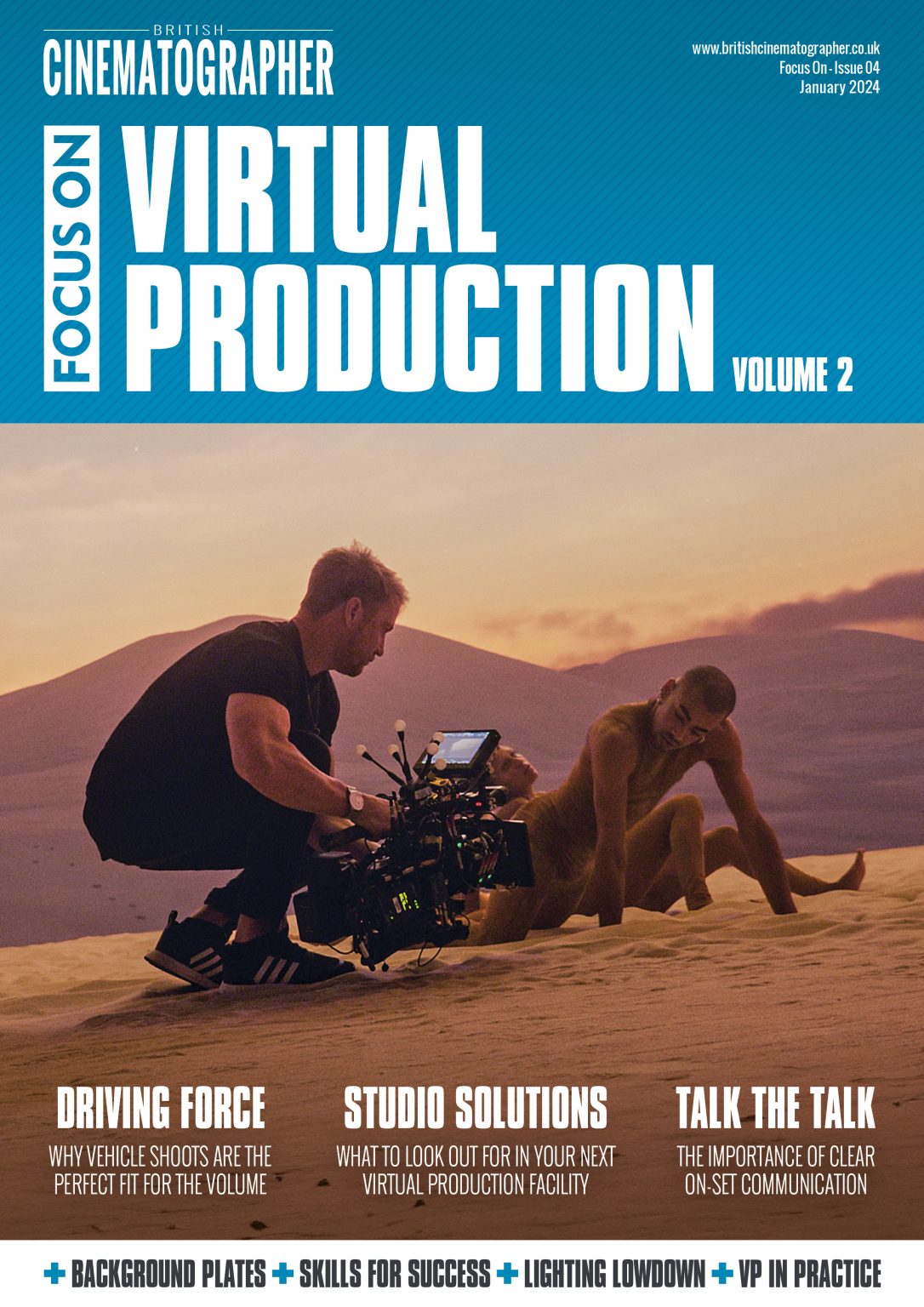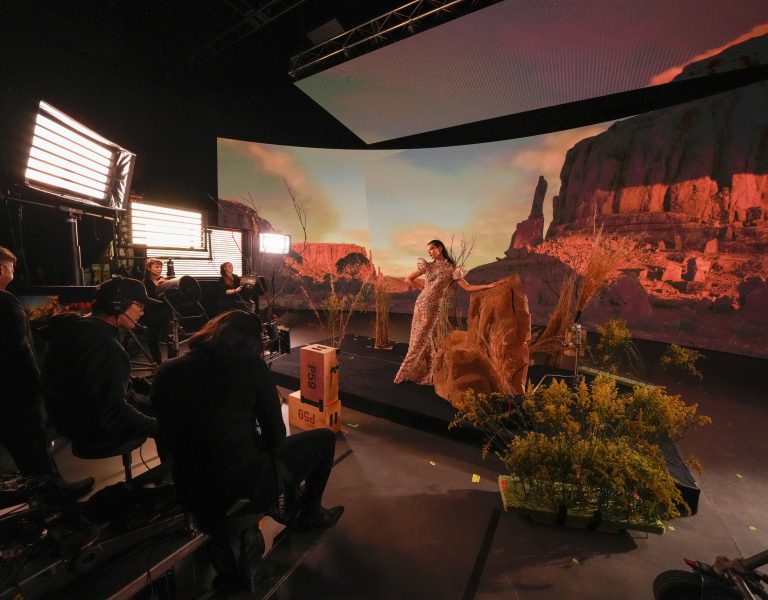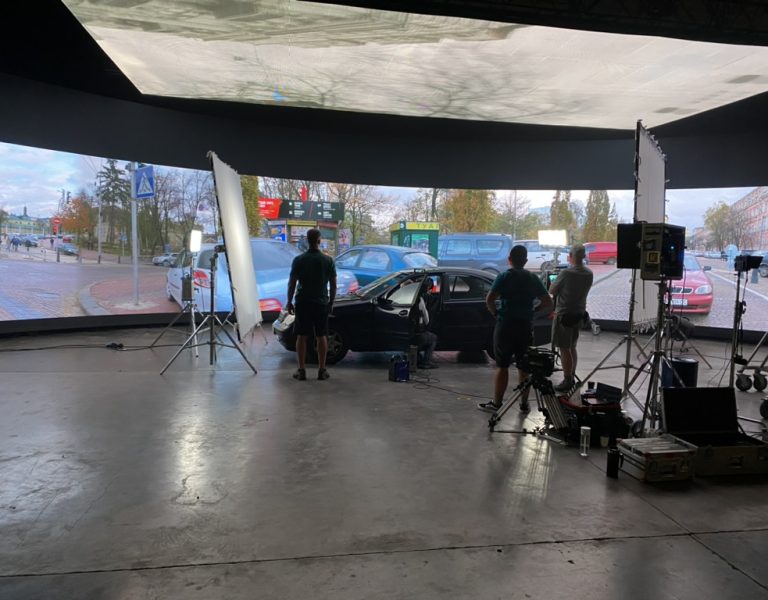Cinematographer and virtual production specialist Andreas Neo shares how he achieves final pixel images on a VP stage with Kino Flo MIMIK image-based video lighting tiles.
Final pixel imaging is all about walking onto a virtual stage and being able to shoot and treat it creatively as if you were shooting on location. And while virtual production (VP) has made some great strides towards this in recent years, there still remain some significant ‘gotchas’ for the unwary.
The key to success is communication, both in terms of the kit that is used on set to maximise the efficiencies of a shoot and in terms of bringing together the two disparate worlds of traditional and virtual filmmaking.
Andreas Neo is a DP who has been involved in virtual production since the early days. “The biggest improvement has been the screens from a technical perspective,” he says. “But actually, where I really started to notice better results was once the communication was established between the virtual production team and the traditional film crew. There’s a whole new team involved. You have a VFX supervisor and a VP supervisor, and then there’s the core VP team, the Unreal artists and the disguise ops, and the guys controlling the screen itself. It took a while for the understanding of what a traditional film crew DP requires from the VP team to be able to fulfil what they want to create to be established. Once that experience and development progressed, though, it was great, because then you’re having the conversations that you would traditionally have on set with your gaffer, for example.”
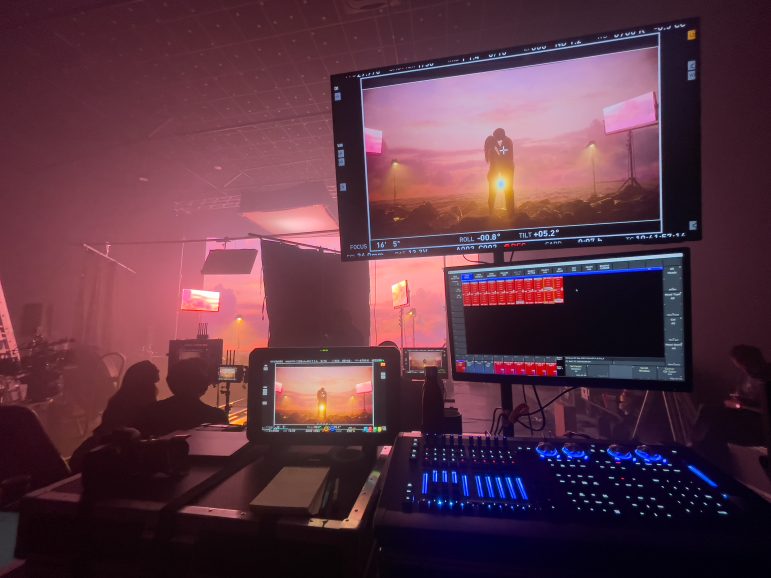
This has helped eliminate many of the problems that discouraged productions in the early days of VP. But some sticking points still persist and one of the most difficult to tackle has been lighting for skin tone. One of the quick fixes used to light foreground talent in VP has been to use extra video tiles to light the scene, but these panels fail to resolve skin tone properly.
“When you point a camera at the screen, you resolve the colour directly off the screen into the camera,” states David Morphy at Cirro Lite. “But when you take a piece of screen and point it at the skin, it won’t resolve the skin colour and bounce back into the camera colour-correct.”
Morphy enters the story here because Neo used Kino Flo MIMIK image-based video lighting tiles supplied by the company on a recent shoot for Prayers, produced by Stink, MrMr Films, and Final Pixel, and directed by Matilda Finn. As well as the advantage of being able to shoot a rocky shoreline at sunset for as long as required rather than the 20 minutes the real world will give you, the MIMIKs enabled the crew to treat the shoot as any other.
“What’s really great about the MIMIKs is you can select a part of the environment that you have on the background of the LED volume itself, and then push that precise part of the image that you selected through it so it matches accurately and at up to 10,000 nits,” says Neo. “Obviously, a DP needs to know where to position the lights accordingly to light a scene how they want to; that’s their job. But it was like being on a traditional shoot. I just positioned the lights where I needed to place them to get the effect I was looking for. Essentially, we didn’t have to worry more than usual about skin tone, and it was great; it was plug-and-play.
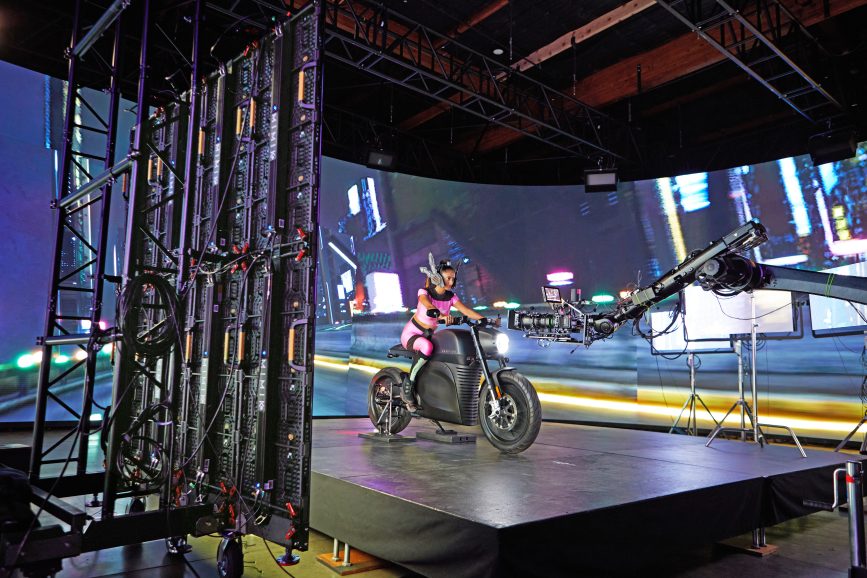
“People say, ‘Oh, just shoot shallow, and you’ll get away with it,’” he continues. “But the thing is, if you go too shallow, sometimes you introduce a backlight, and then you start depending on the environment, depending on the background, and you can run the risk of it not feeling quite integrated and real. I think some of the traditional lessons that we’ve learned when shooting green screens still apply in LED volumes.”
What is really intriguing is that there is more to come from the technology, too, as people start to look at the physical nature of the LED volumes and begin to adapt them to emerging workflows.
One of the keys to making VP practical for all types of productions is being able to shoot as many pages in a session as possible. Because of the way the MIMIKs have been designed, both power and DMX can be supplied via a track, allowing for motorised or manual 360° rotation of lighting fixtures without the problems of trailing cables. There is also new flexibility in being able to split ceilings to use as reflections into cars, for example, or floating wild walls right over the stage. There’s even a turntable being installed at the Virtual Production Demo Stage at CVP that is linked to disguise. This means that when the background moves, the turntable moves at the same time.
“As you move your world, you can move your light with it,” says Morphy. “You don’t have to send a rigger in the air or compromise on the position of your light. You don’t need the time to readjust and reset, it’s about increasing the efficiency and the speed of shooting.”
“That’s the key,” adds Neo. “To have all these things talking to each other. It’s about being able to incorporate the new technologies to make this a more efficient workflow; to shoot in final pixel and walk away with something that you’re happy in-camera.”
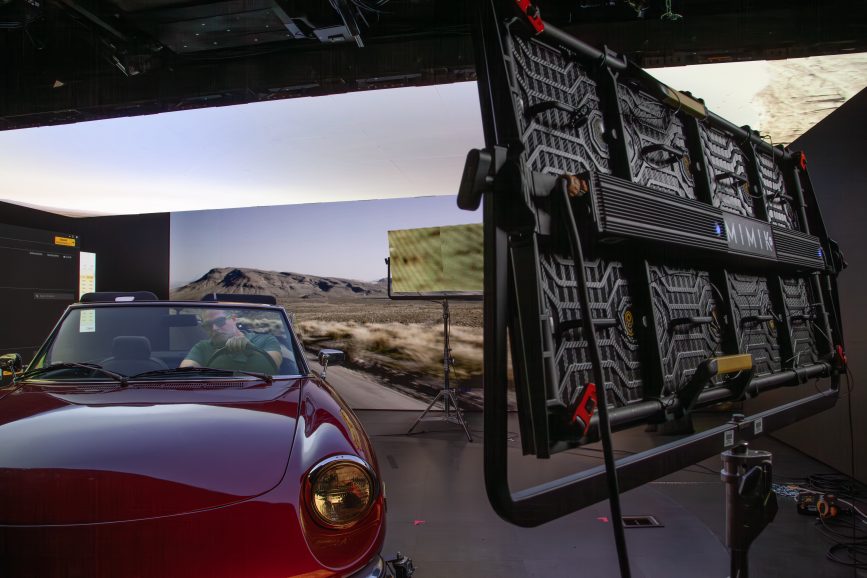
–
More information at: https://cvp.com/virtualproduction
–
This article is sponsored by CVP.



